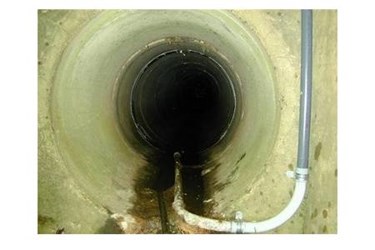Chemical Dumping Affects Wastewater Treatment Facility

Chemicals have been dumped into the city of Ithaca's public sanitary sewer system, which could have an effect upon Cayuga Lake, according to officials. It is not yet known what chemicals were released into the wastewater system, although it is thought that there was a significant amount. It is believed that the chemicals - which officials say may be a solvent, cleaning solution or other material - were dumped via a drain or manhole cover toward the end of November.
It is possible that the chemicals were released into the system on November 23rd or 24th. While officials do not believe that it is likely the unidentified chemicals will affect the city's water supply, the release did cause delays in activity at the Ithaca Area Wastewater Treatment Facility, according to the plant's chief operator, Dan Ramer.
Wastewater is treated at the facility from the Town of Ithaca, the City of Ithaca and the Town of Dryden. All the wastewater is treated and then recycled into the lake. However, the introduction of the chemicals into the system means that the microbes utilised at the facility to remove pollutants from the wastewater weren't able to treat the water to the usual standard. There are concerns that this could impact the water quality of Cayuga Lake.
According to Mr Ramer, the chemical dumping is only a short-term problem, but if the releases continue it could cause a lot more damage to the lake's ecosystem. It is thought that the discharge was either a large amount of very diluted chemicals, or a small quantity of chemicals that were highly concentrated.
Officials do not believe that the discharge came from a residential property, as releases of this sort are highly unusual. The public is being called on to come forward with any information that could help with the investigation into the source of the chemical release.
The plant is working to ensure that all water affected by the chemical is fully treated and to undo any damage that has already been done by its release. However, Mr Ramer said that it is important that the chemical is identified so that precautions can be made against it damaging the system in future if it is released into it again.
Source: Environmental Technology
